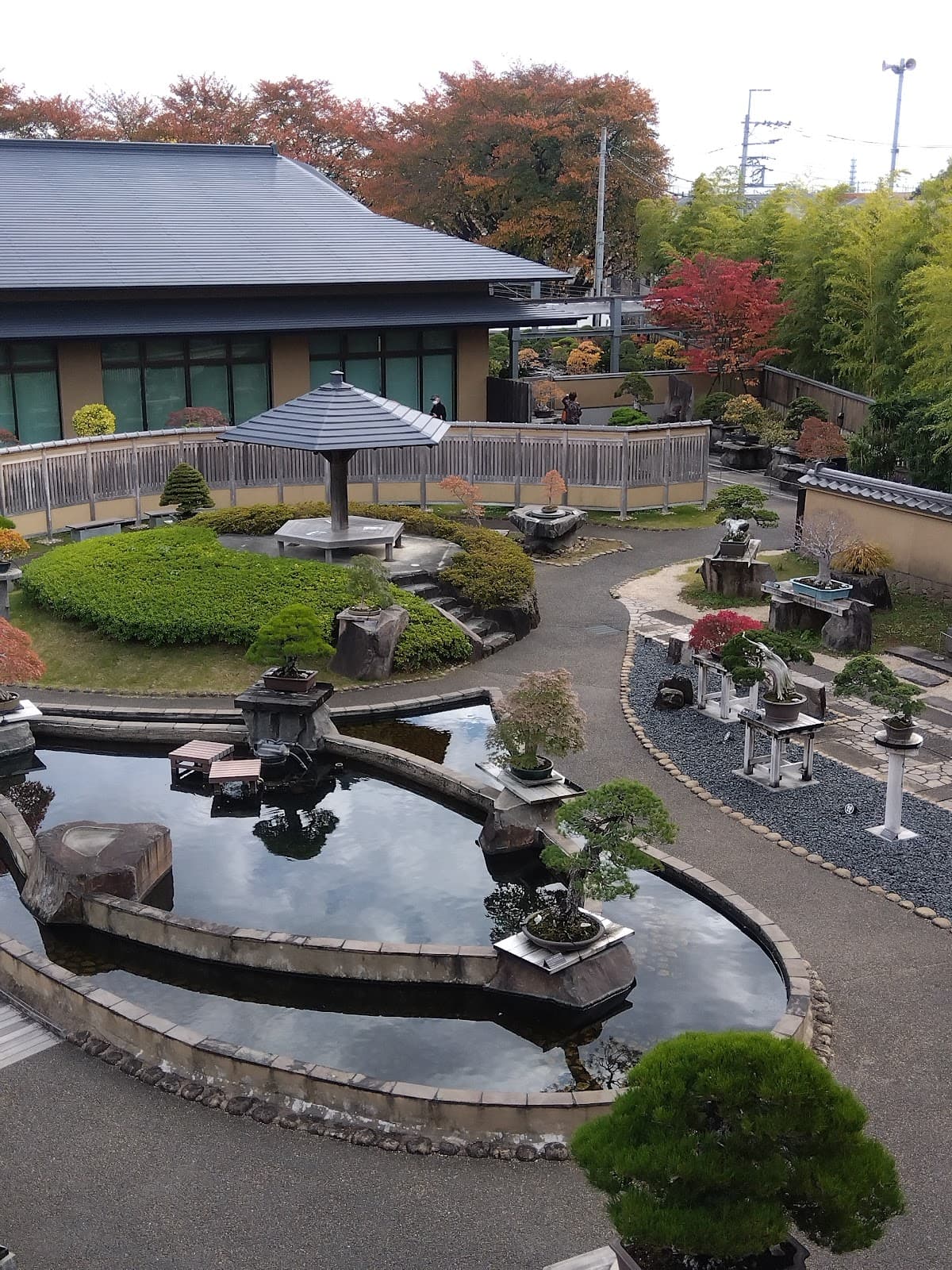
Omiya Bonsai Art Museum Saitama
Discover centuries-old bonsai trees, a living art form showcasing Japan's rich horticultural heritage.
Highlights
Must-see attractions
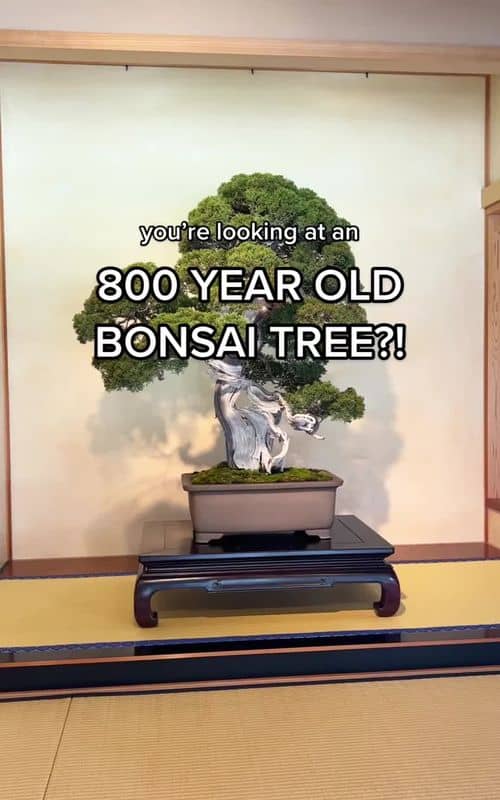
Social
From TikTok & Reddit
Best Time
Fewer crowds, peaceful viewing

Omiya Bonsai Art Museum Saitama
Best Time
Fewer crowds, peaceful viewing
Highlights
Must-see attractions
Discover centuries-old bonsai trees, a living art form showcasing Japan's rich horticultural heritage.
"Amazing bonsai collection and clear explanation of the history and art of bonsai!"
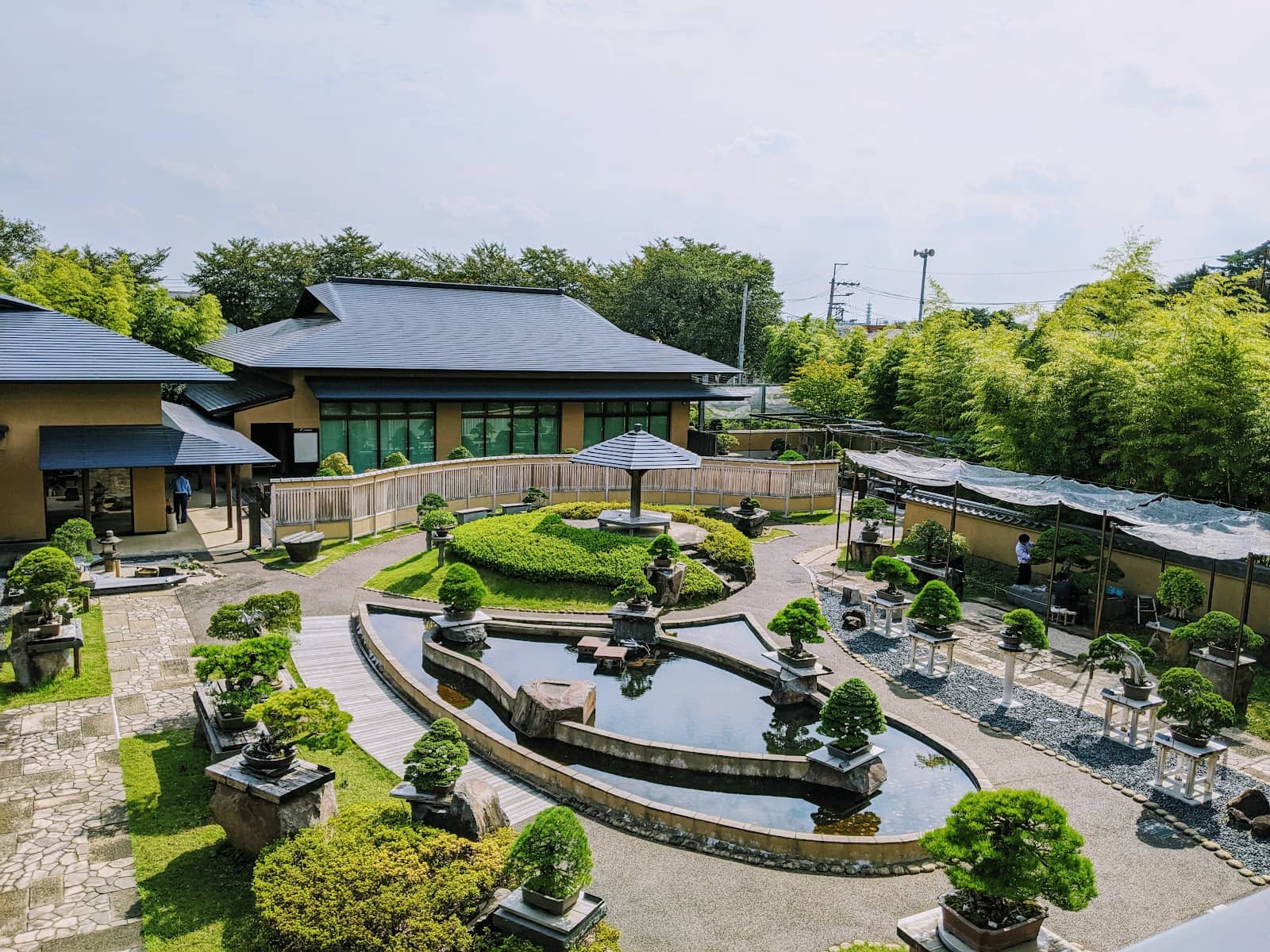
📸 Photo Ops Galore
Photography is allowed in the lobby and garden. Capture the beauty of these ancient trees!
💰 Affordable Entry
Admission is very reasonably priced, making it an accessible cultural experience.
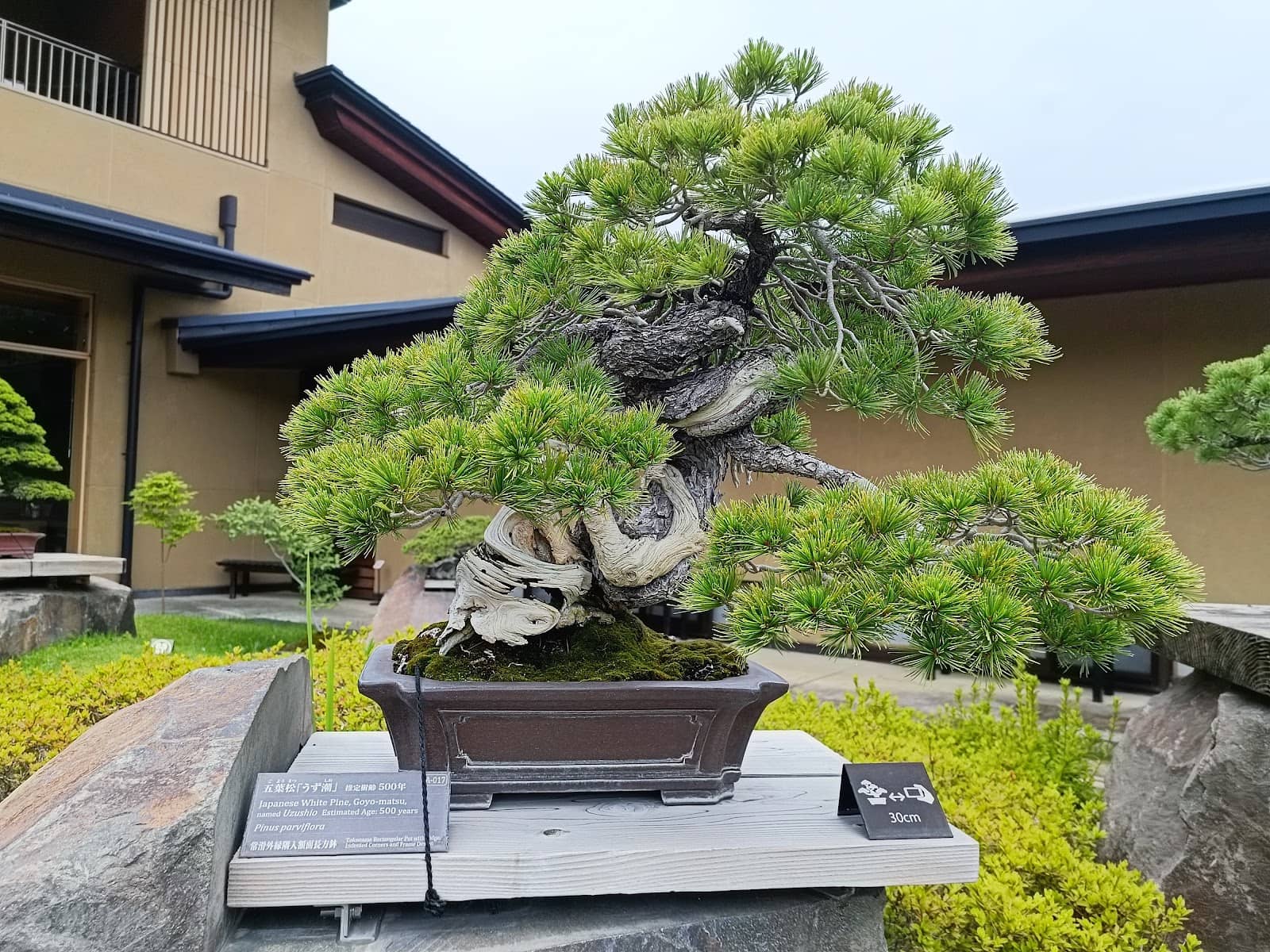
Highlights
Discover the most iconic attractions and experiences

Ancient Bonsai Specimens
Outdoor Garden
Marvel at trees hundreds, even thousands, of years old, meticulously shaped into living art.

Bonsai History & Techniques
Indoor Gallery
Learn about the rich history and intricate techniques behind the art of bonsai cultivation.
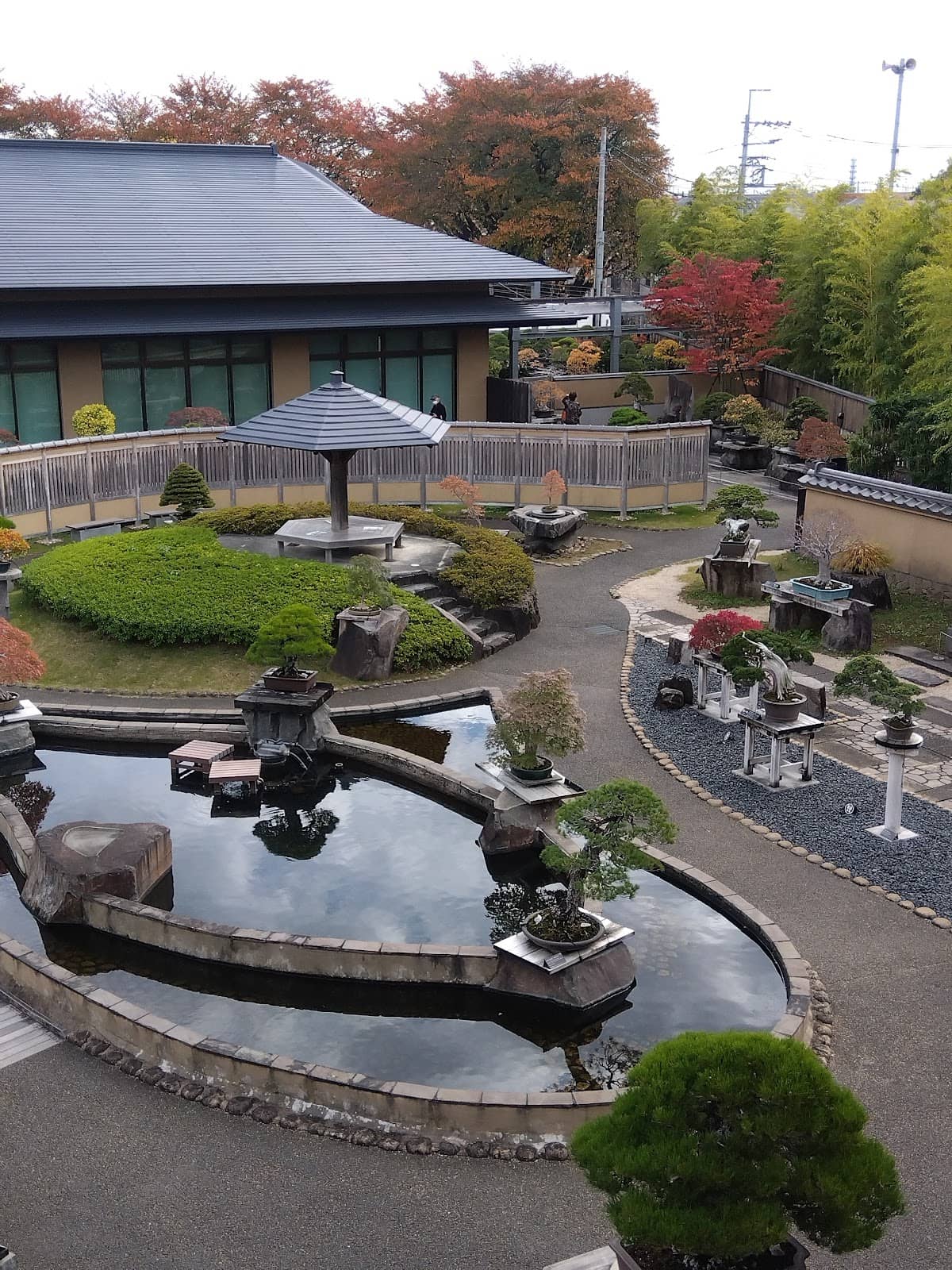
Peaceful Bonsai Garden
Outdoor Garden
Stroll through a tranquil garden showcasing diverse bonsai styles and species.
Plans like a pro.
Thinks like you
Planning Your Visit
Timing is Key for Tranquility
Embrace the Art of Bonsai
Best Times
Insider Tips
from TikTok, Instagram & Reddit
📸 Photo Ops Galore
Photography is allowed in the lobby and garden. Capture the beauty of these ancient trees!
💰 Affordable Entry
Admission is very reasonably priced, making it an accessible cultural experience.
🚶♀️ Explore the Village
Don't miss the surrounding Omiya Bonsai Village with its nurseries and other gardens.
🧐 Proper Viewing Technique
Bend your knees and look up to appreciate the full artistry of each bonsai.
Tips
from all over the internet
📸 Photo Ops Galore
Photography is allowed in the lobby and garden. Capture the beauty of these ancient trees!
💰 Affordable Entry
Admission is very reasonably priced, making it an accessible cultural experience.
🚶♀️ Explore the Village
Don't miss the surrounding Omiya Bonsai Village with its nurseries and other gardens.
🧐 Proper Viewing Technique
Bend your knees and look up to appreciate the full artistry of each bonsai.
🎁 Unique Souvenirs
Look for special bonsai-related items or even origami souvenirs.
What Travellers Say
Reviews Summary
Visitors consistently praise the Omiya Bonsai Art Museum for its stunning collection of ancient bonsai trees and the educational insights into this unique art form. The affordable entry fee and the peaceful atmosphere of the gardens are frequently highlighted as major positives. While photography is generally allowed, some visitors noted restrictions in certain areas.
"Bonsai is not just a tree growing in a small pot, but it is an entire landscape that is grown in a pot.
Not only Japanese love bonsai but also foreigners.
We came to visit the Omiya Bonsai Museum with a cousin who is from the USA.
He enjoyed it very much.
Amazingly, bringing forth the unique beauty of a bonsai tree requires special techniques and time-consuming labor, with meticulous attention to detail.
The museum was amazing and showcased the beauty of bonsai trees. Besides, our understanding of bonsai is also deeper than ever before."
Ann C
"Outstanding!! Loved the history/timeline of bonsai in Japan + the explanation of bonsais/different species/pruning/etc.
About 300yen per adult which is a super fair price. The garden outdoors (they have umbrellas) is incredible and you are welcome to take photos. They have a tree that is 1000 years old!!"
Monica
"Amazing bonzai collection and clear explanation of the history and art of bonsai! There are 500 to 800 year old bonsai l and a very kind old man in the garden who folded some truly awesome and cute origami with our museum tickets. Love it!"
JJ S
What People Like
What People Dislike
Frequently Asked Questions
🚇 🗺️ Getting There
The Omiya Bonsai Art Museum is easily accessible from Tokyo. Take a train to Omiya Station, then transfer to the Tobu Urban Park Line (formerly Noda Line) and alight at Omiya Koen Station. The museum is about a 9-minute walk from there.
While not directly adjacent, it's a short train ride and walk from Omiya Station. The journey is straightforward and well-connected.
Trains are the most efficient way to reach Saitama from Tokyo. The museum is located in the Omiya area, which is a major transportation hub.
Information on specific parking availability can vary. It's generally recommended to use public transportation due to its convenience and accessibility.
Absolutely! The museum is a perfect day trip destination from Tokyo, taking only about 30 minutes to reach Saitama.
🎫 🎫 Tickets & Entry
The admission fee is very affordable, typically around 300 JPY for adults, making it a great value.
Specific discount information may vary. It's always a good idea to check the official museum website or inquire at the ticket counter upon arrival.
The museum is generally open from 9:00 AM to 4:30 PM, but it's advisable to confirm current hours, especially on holidays or during special exhibitions.
Photography is permitted in the lobby and the outdoor garden areas, allowing you to capture the beauty of the bonsai.
Advance booking is usually not required for general admission, but it's recommended to check for special exhibitions or events that might have different ticketing policies.
🎫 🌿 Onsite Experience
Bonsai is the Japanese art of growing ornamental, artificially dwarfed trees or shrubs in containers. It's about creating a miniature landscape that evokes the beauty of nature.
The museum houses incredibly old bonsai specimens, with some dating back 500, 800, or even an astonishing 1,000 years!
You can learn about the history of bonsai in Japan, different species, pruning techniques, and the philosophy behind this art form.
Yes, it offers a unique and educational experience for all ages. The visual appeal of the trees and the peaceful environment can be captivating for children.
While not always explicitly advertised, museum staff can often provide valuable insights. Some visitors have also mentioned workshops with instructors.
🍽️ 🍽️ Food & Dining
The museum itself may have limited dining options, typically a small cafe or lobby area. However, there are restaurants and eateries in the surrounding Omiya area.
You'll find a variety of Japanese cuisine in the Omiya district, from casual noodle shops to more formal dining experiences.
It's generally best to consume outside food and drinks in designated areas or outside the museum premises to maintain the tranquility of the gardens.
Saitama, like most of Japan, offers options for various dietary needs. Exploring local eateries near Omiya Station will likely provide diverse choices.
Many visitors choose to have lunch or a snack after their museum visit in the Omiya area, allowing them to fully immerse themselves in the art.
📸 📸 Photography
Yes, photography is permitted in the lobby and the outdoor bonsai garden, allowing you to capture the beauty of these miniature trees.
While photos are allowed in designated areas, it's important to be respectful of other visitors and the art itself. Avoid flash photography that might disturb the plants or people.
The outdoor garden offers numerous picturesque views of the bonsai trees, especially during the golden hour. The lobby displays also provide excellent photo opportunities.
Tripod usage might be restricted to avoid obstructing pathways or other visitors. It's best to check with museum staff if you plan to use one.
You can capture stunning close-ups of intricate bonsai branches, wide shots of the garden landscapes, and details of the ancient trees.
For Different Travelers
Tailored advice for your travel style
👨👩👧 Families with Kids
Consider framing the bonsai as 'tiny ancient trees' or 'nature's sculptures' to spark their imagination. The museum's location in Saitama also means you can combine the visit with other family-friendly attractions in the area, like the nearby Railway Museum, making for a full day of exploration.
🌿 Nature and Garden Enthusiasts
Beyond the museum, exploring the surrounding Bonsai Village offers an even deeper dive into the world of Japanese gardening. You can discover different styles of bonsai and learn about the dedication involved in maintaining these living masterpieces. The chance to see trees that are centuries old is a truly special experience for any garden lover.
🎨 Art and Culture Aficionados
Appreciate the meticulous craftsmanship and the philosophical underpinnings of bonsai, which often reflect principles of harmony, balance, and respect for nature. The museum's displays and explanations offer a rich cultural immersion, making it a rewarding visit for art lovers seeking to explore unique Japanese traditions.
Deep Dives
In-depth insights and expert knowledge
The Art and History of Bonsai
The museum's collection highlights the dedication and patience required for this art. Some trees are over 800 years old, representing an incredible lineage of care and artistic vision. The history of bonsai in Japan is deeply intertwined with Zen Buddhism and the appreciation of nature's subtle beauty. The Omiya Bonsai Village itself has a significant history, having become a refuge for bonsai artists after the Great Kanto Earthquake in 1923, preserving and fostering the craft.
Understanding bonsai involves appreciating the balance between human intervention and natural growth. It's about capturing the essence of an aged tree in its natural environment, scaled down to fit within a container. The museum's displays often include explanations of the tools used, the types of soil, and the seasonal care required, offering a comprehensive look into this unique horticultural art.
Experiencing the Omiya Bonsai Village
Many of these nurseries are open to the public, providing an opportunity to see a wider array of bonsai trees and perhaps even purchase tools or smaller specimens. Interacting with the nursery owners or staff can offer unique insights into the practical aspects of bonsai cultivation. Some visitors have found the staff to be very helpful in guiding them through the village and explaining the different nurseries.
Exploring the village is a peaceful and enriching experience. It’s a chance to witness firsthand the dedication of bonsai artists and enthusiasts. Combine your visit to the museum with a leisurely stroll through the village to gain a deeper appreciation for the living art of bonsai.
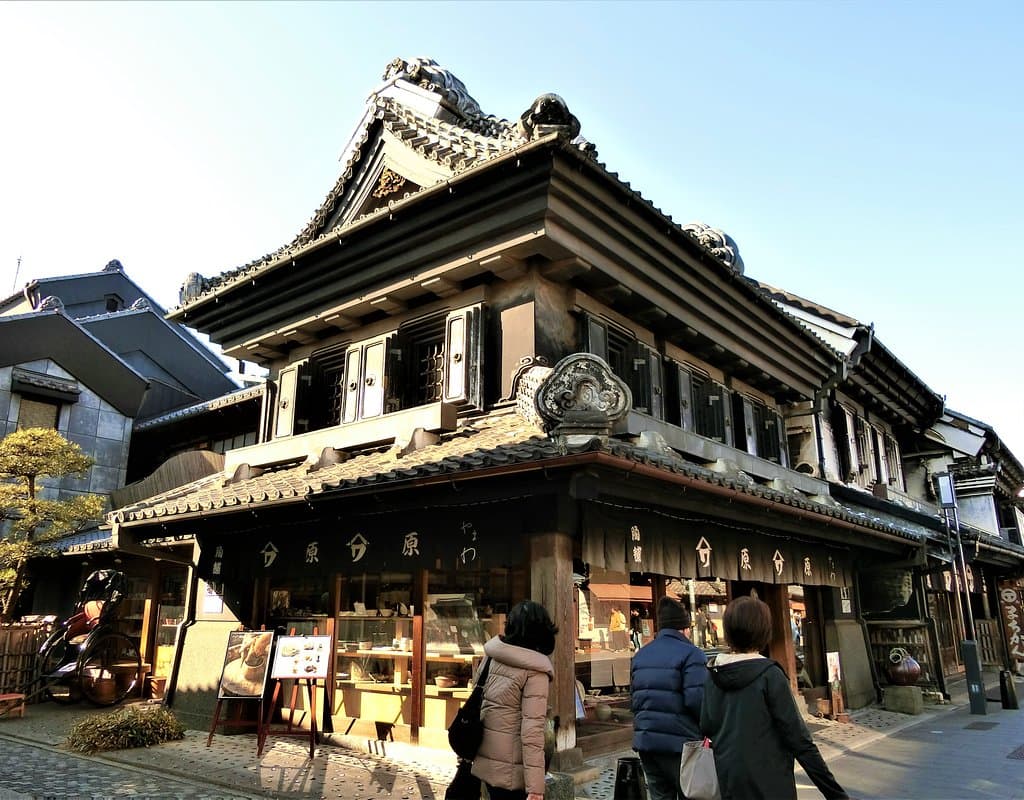
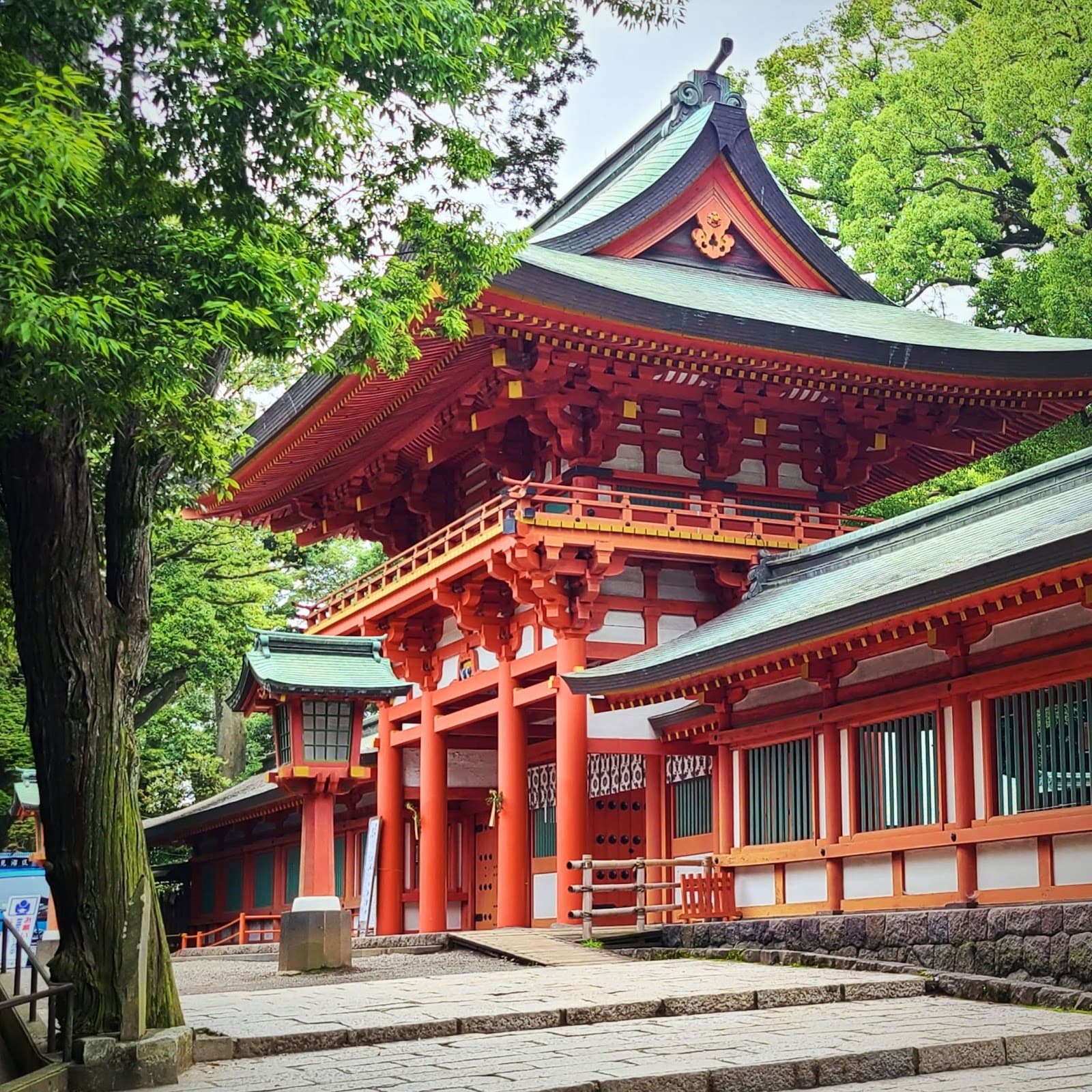

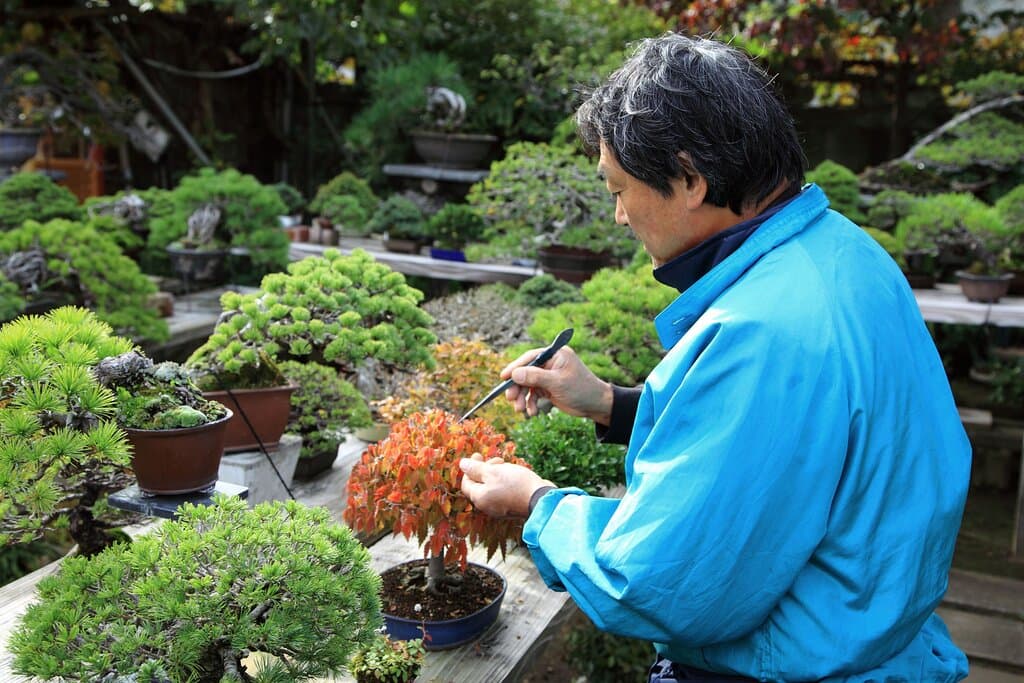

Social
from TikTok, Instagram & Reddit